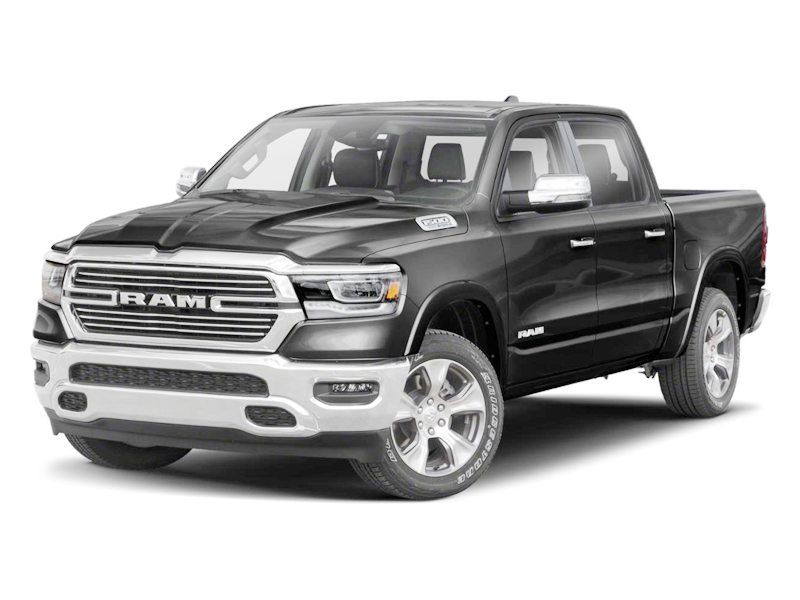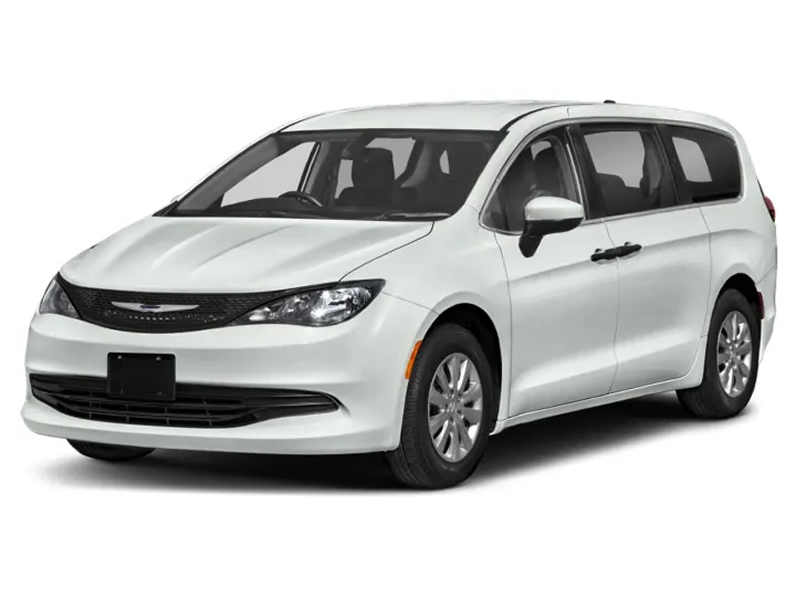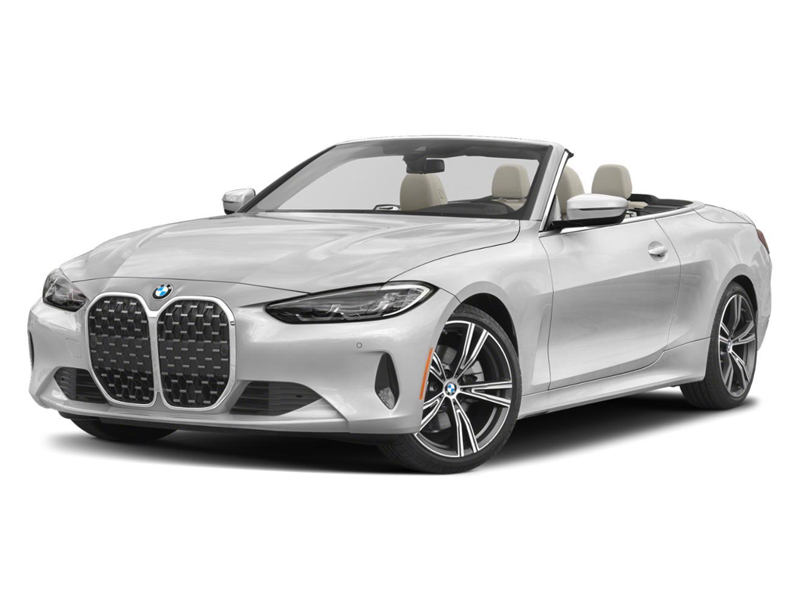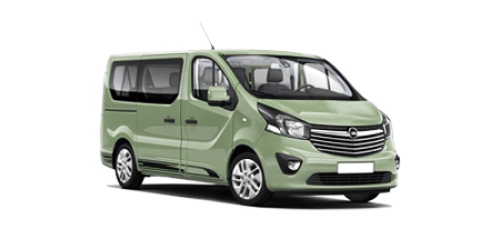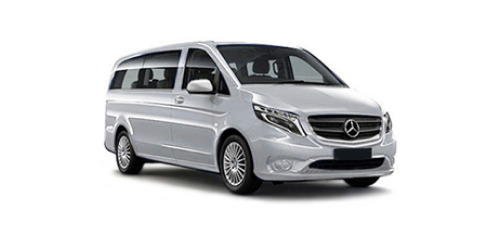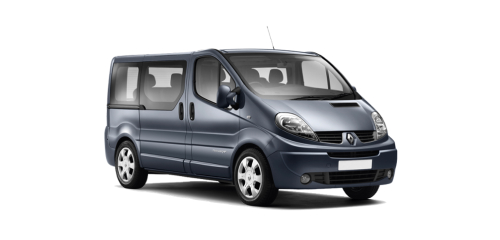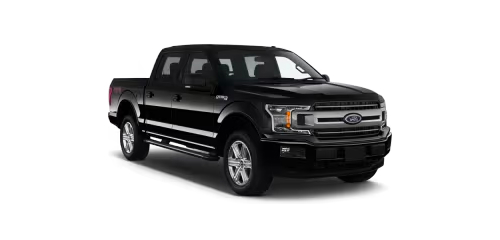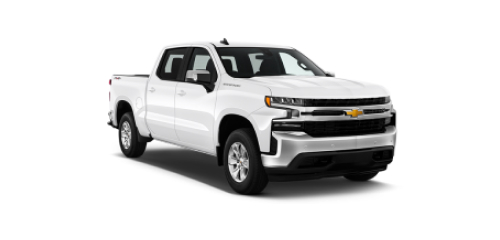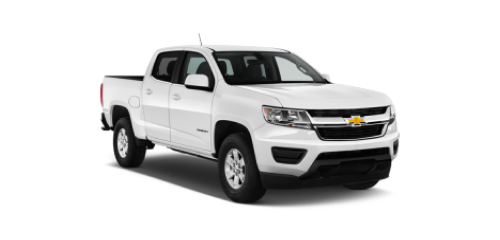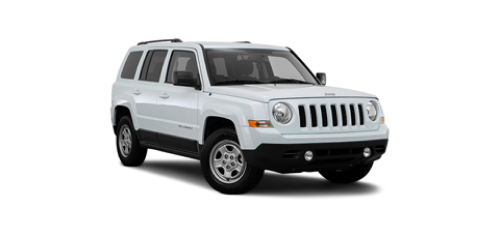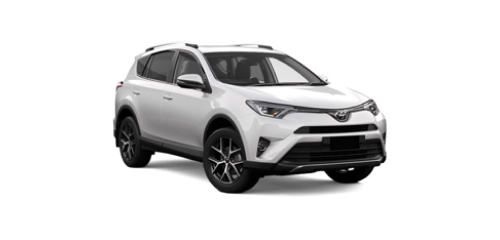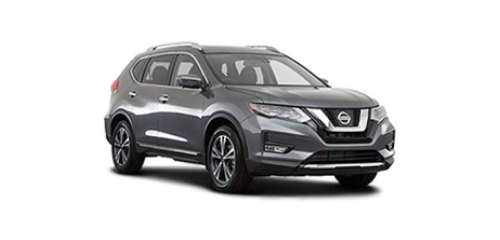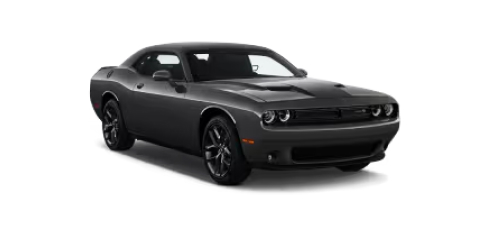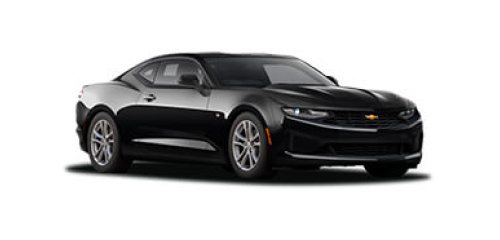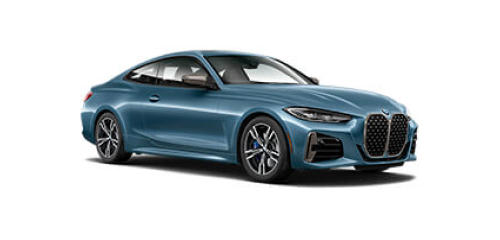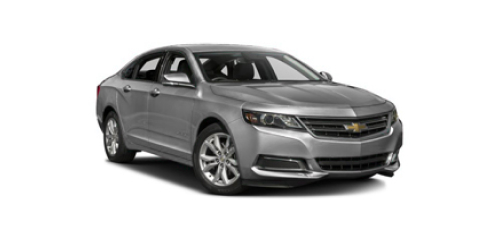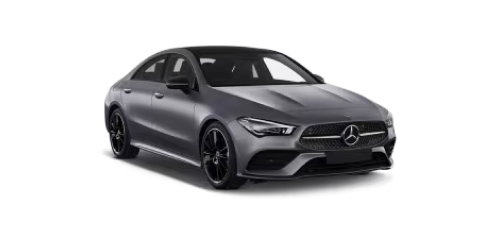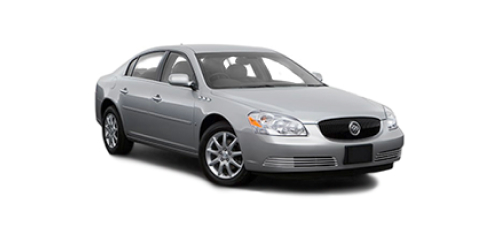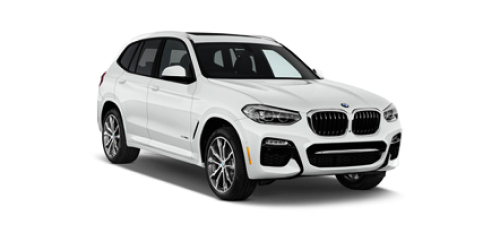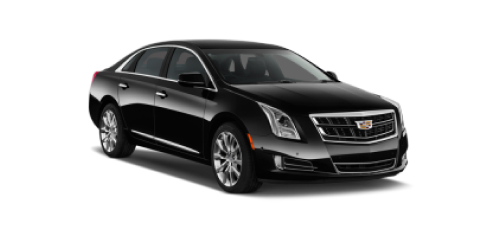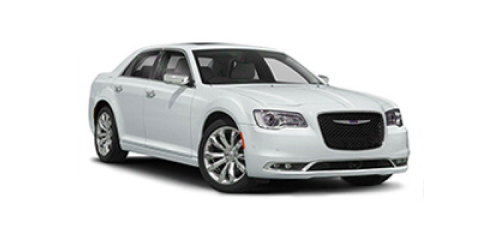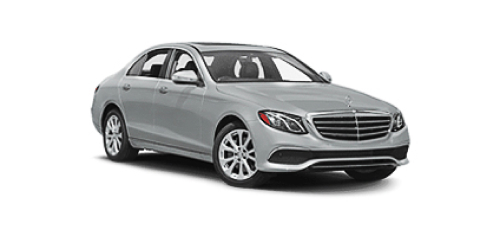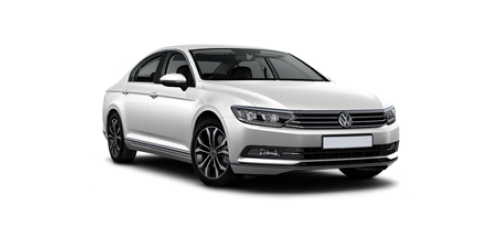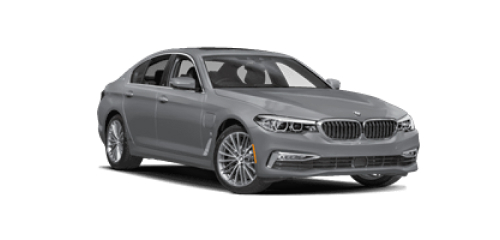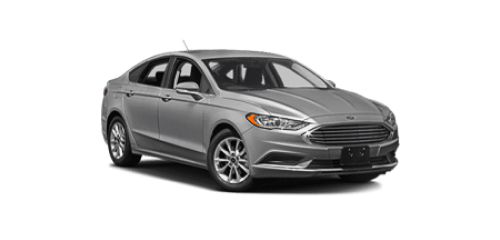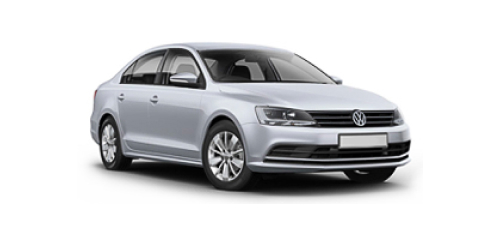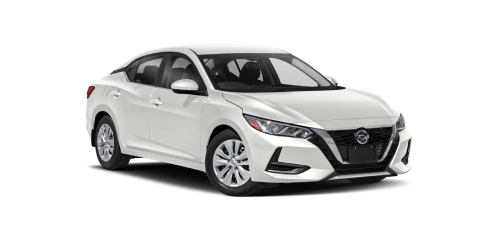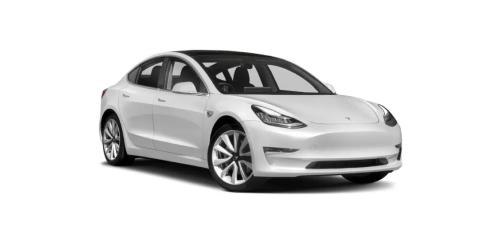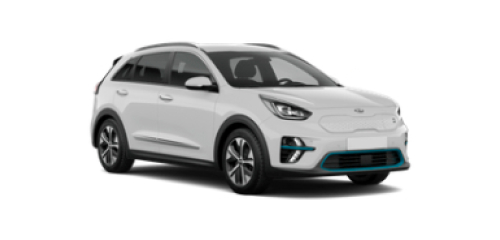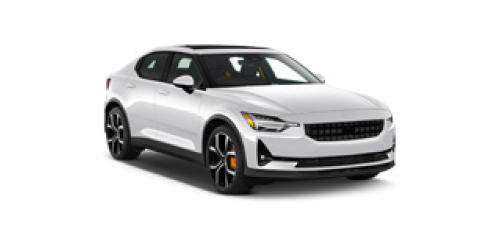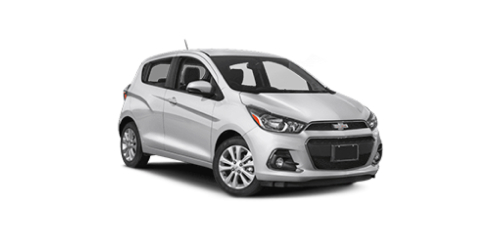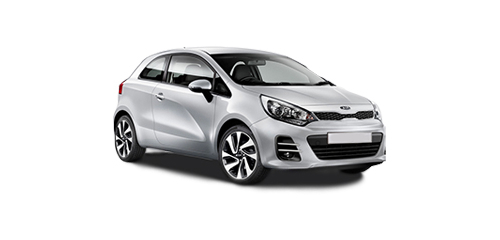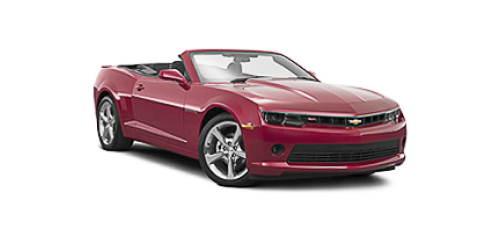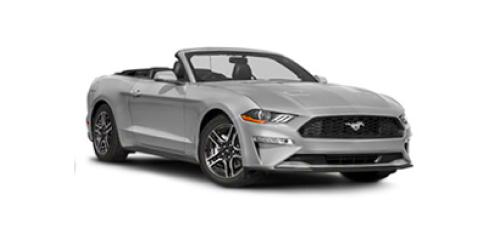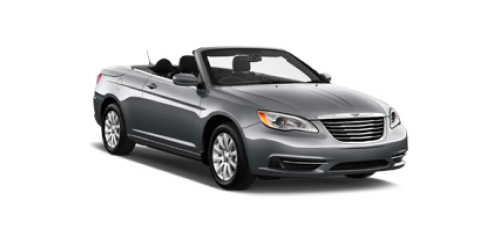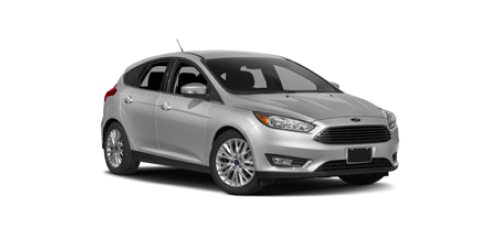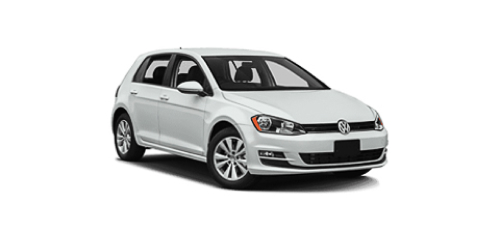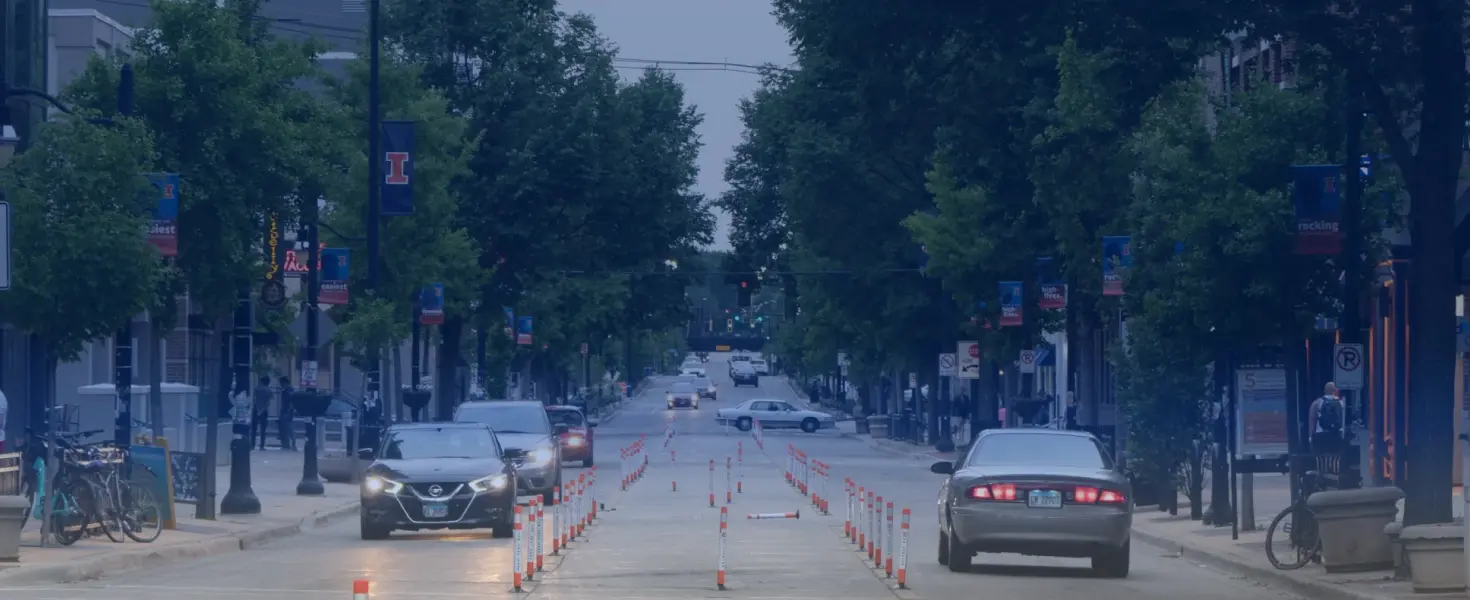
Cheap Car Rental in Denver
- Secured payment guarantee
- 4 million users
- Multi-language support
- Booking of any class cars
- 600 providers worldwide

Tips for Renting a Car Inexpensively in Denver
Looking for a cheap car rental in Denver? With Economybookings, you can easily compare multiple providers to find the best possible deal across Colorado. Whether you're planning to explore the city’s downtown or take a scenic drive into the nearby mountains and national parks, a quick comparison can save you time and money.
- Compare pickup locations – Select the broader city instead of a specific location to unlock more deal options, including off-airport savings.
- Slightly adjust pickup times and dates – Even changing your booking by an hour can reveal lower rates.
- Choose economy or compact cars – These vehicle types are usually the most budget-friendly.
- Book early – Especially during peak travel seasons like summer (June to August), the winter holiday period, and ski season, advance booking helps secure lower prices and better availability.
Tips When Renting and Driving a Car in Denver
- Denver has a growing public transportation system in town, but you will likely need a car to reach the ski towns and national parks.
- Be aware of rush hour traffic in the region’s major freeways (such as I-70 and I-25).
- You can pick up your rental car at Denver Airport, but rental options are also available near Union Station downtown.
- Try a small car if you plan to stay close to the city and want to save on fuel costs.
- Pick a car with four-wheel drive if you’re planning longer drives into the mountains, and check to see if your rental car provider offers ski racks to store your equipment.
- Inspect the car and take photos before and after rental.
Driving Tips in Denver
- Drive on the right side of the road, and prepare to wait your turn when you need to turn left.
- Look out for stop lights—green means go, yellow signals that you must prepare to stop, and red is stop. At most intersections with stop lights, there will also be dedicated stop lights for left-turn lanes.
- Roundabouts can be found in more remote mountain areas – give way to traffic coming from the left.
- When driving in and around downtown, look for the signs and stay aware of one-way streets.
- Colorado law requires headlight use from sunset to sunrise, and whenever outside visibility is below 1,000 feet.
- Horn use should be reserved for emergencies or warnings.
- Traffic usually moves faster in the left lanes on freeways and highways.
- Popular neighborhoods like LoDo and Cherry Creek tend to charge for parking. For Denver streets and city-run lots, you can use the ParkMobile app for contactless payment.
- NEVER cross a set of double yellow lines.
- Try the GasBuddy app to locate local gas stations and check prices. If you have a Costco membership, you can refuel there and take advantage of their very cheap gas.
- Keep your driver’s license, rental papers, and proof of insurance with you at all times.
- The E-470 toll road and C-470 highway mostly encircle the Denver metro region from Broomfield in the northwest to Denver International Airport in the east, and then to Golden in the southwest. The I-70 freeway runs west to east, the I-25 freeway runs north to south, I-76 runs northeast from downtown to the Nebraska state line, and the Denver-Boulder Turnpike (US 36) is the expressway connecting Denver to Boulder.
- Expect the heaviest traffic during weekday rush hours, typically from 6:00 to 9:00 AM, and from 3:00 to 6:00 PM. If you’re using I-25, you may run into traffic jams throughout the day. And if you’re using I-70 to head west to the ski resorts, try to leave early to avoid the worst of the “weekend warrior” road trip traffic on Friday afternoons and Saturday mornings.
Speed limits
Under Colorado state law, speed limits are 65 mph (105 km/h) on freeways, 55 mph (89 km/h) on non-interstate highways, 40 mph (64 km/h) on open mountain highways, 30 mph (48 km/h) on roads in most residential areas, 25 mph (40 km/h) on streets in urban business districts, and 20 mph (32 km/h) on narrow mountain roads.
When driving in the City of Denver, keep in mind that on streets without posted speed limit signs, the citywide default speed limit is 20 mph. Otherwise, always watch for posted signs, as limits can vary.
Road signs
U.S. road signs are typically noticeable and well-placed. They are almost always in English and use symbols for quick understanding. Speed limit signs are in miles per hour (mph). Around Denver and its suburbs, look out for signs marking dedicated bus lanes, bike lanes, railroad crossings, and school streets, which may have special speed limits and other restrictions. And in the mountains, check for signs that notify seasonal road closures and tire chain requirements.
Tolls, fees, and restrictions
As of 2025, Colorado has a network of toll roads and express lanes that serve the Denver metro region. In short, E-470 operates as a full toll road east of I-25, from Thornton to Englewood, and Northwest Parkway and C-470 have some toll lanes that continue west. In addition, I-25 itself has pay-to-use express lanes, along with I-70 and the Denver-Boulder Turnpike. Northwest Parkway does have a physical toll booth, but E-470 and the freeway express lanes have gone all-digital for billing and payment.
If you plan to drive to any of the region’s regional parks, state parks, and national parks, monuments, or other public lands, note that many of these parks do charge vehicle entry fees. In particular, if you will be doing a road trip to Rocky Mountain National Park, the National Park Service typically charges a $35 vehicle entrance fee. At national forest lands, you may have to pay a $10 fee if you plan to camp and stay overnight. And at Colorado State Parks, entrance fees range from $10 to $12 per person.
Discover Denver by car
With the Rocky Mountains forming an imposing yet welcoming presence to the west of Denver, there’s never a shortage of exciting road trips in this region. You can drive north to discover the cool college towns of Boulder and Fort Collins, and the majestic mountains of Rocky Mountain National Parks. Head south to discover the colorful landscapes in and around Colorado Springs. And for some of North America’s top ski resorts and mountain towns, take I-70 west.
In recent years, Denver’s Regional Transportation District (RTD) commuter rail system has expanded across the city, and it even reaches suburbs like Thornton, Golden, and Littleton. And thanks to Amtrak service at Union Station, it’s even possible to take the train to select mountain towns like Winter Park and Glenwood Springs. But if you want to reach towns that Amtrak does not service, such as Breckenridge and Aspen, it really helps to have your own car.
When to Visit
Over the years, Denver has grown into a year-round destination, but keep the area’s climate and weather patterns in mind when planning your trip. During the summer season, you will generally find the best conditions for hiking and biking, and especially for aquatic activities at the mountain lakes and rivers. Meanwhile, winter is ski season, so expect heavy traffic and snowy conditions when venturing west to the mountain towns. Even during the spring and fall shoulder seasons, it’s fun to do a road trip for autumn leaf peeping or spring wildflower viewing.
With all of this said, note that severe weather can and does occur throughout the year, from incredibly icy winter blizzards to springtime tornadoes, sudden summer thunderstorms, and autumn wildfires. Depending on when you’re visiting, make sure to pack layers and appropriate protective gear, and check road conditions in advance for potential closures.
Languages & Communication
English is spoken almost everywhere around Denver. But since Denver has become a more multicultural city in recent years, you may also hear Spanish, Vietnamese, and Chinese in certain neighborhoods. Still, nearly all signage is in English, and visitors rarely face language barriers.
Currency & Payments
Since Colorado is part of the United States, the U.S. dollar ($) is used everywhere. Credit and debit cards are widely accepted, and contactless payments are becoming more commonplace around the region. ATMs are easy to find throughout the Front Range, but keep in mind that ATMs will charge extra fees if they are not affiliated with your bank. Also, note that banks generally become fewer and farther between once you reach more rural parts of Colorado, especially outside popular ski towns like Vail and Aspen.
Top driving routes in and around Denver
- Red Rocks Park and Amphitheatre – About a 20-35 minute drive from Downtown Denver; a uniquely scenic park with plenty of hike and bike trails, and it’s Colorado’s top venue for a variety of live music performances
- Boulder – About a 30-50 minute drive from Denver; this college town offers a whole lot to see and do, from the fun collection of boutiques and eateries at Pearl Street Mall, to natural treasures like Eldorado Canyon and Green Mountain
- Rocky Mountain National Park – About 1.5 to 2 hours north of Denver; with some 355 miles of hiking trails, 147 lakes and multiple rivers on both sides of the Continental Divide, and 77 mountains with summits soaring above 12,000 feet above sea level, it’s easy to see why this park is always one of Colorado’s top attractions
- Colorado Springs – About 1.5 to 2 hours south of Denver; here is where you will find many more of Colorado’s most cherished landmarks, including “America’s Mountain” at Pikes Peak, the otherworldly red rock sandstone formations at the Garden of the Gods, and the U.S. Olympic and Paralympic Museum
- Breckenridge – About 1.5 to 2 hours west of Denver; this is one of the closest major-league ski towns to the city, it might just be one of the nicest spots to beat the summer heat at 9,600+ feet above sea level, and it’s prime ski and snowboard territory during the winter season
- Steamboat Springs – About 2.5 to 3.5 hours northwest; skiers and snowboarders flock to this ski town during the winter season for its famous “champagne powder” snow, but it’s also a nice mountain town to spend the summer with Steamboat Lake and a plethora of mountain hiking and biking trails nearby
- Aspen – About 3 to 4.5 hours west; perhaps Colorado’s most famous ski town with ski resorts like Aspen Highlands and Snowmass, but also an ideal road trip destination with key landmarks like the Maroon Bells, Independence Ghost Town, and Colorado’s tallest peak at Mount Elbert nearby
When driving around Colorado, check with the Colorado Department of Transportation for the most up-to-date traffic news. (They even have their own COTrip Planner app available to download.) The mountain climate can be hard on local roads, so always keep your eyes out for maintenance and repair projects.
Experience the top locations with car rental in Denver
Opening hours
Address
Documents on pick-up
Credit Card
Take your credit card in the main driver`s name with a limit large enough to cover the excessPassport
Take your passportDriving License
Take your local and international driving licenseAll car rental in Denver
Discover the cheapest car rental in Denver
* Disclaimer: Prices displayed may not reflect today's rates.
What our customers say
Car rental companies in Denver
We have prepared a shortlist of top rental companies in Denver. To save both time and money compare offers on EconomyBookings.com to find the best deal.






